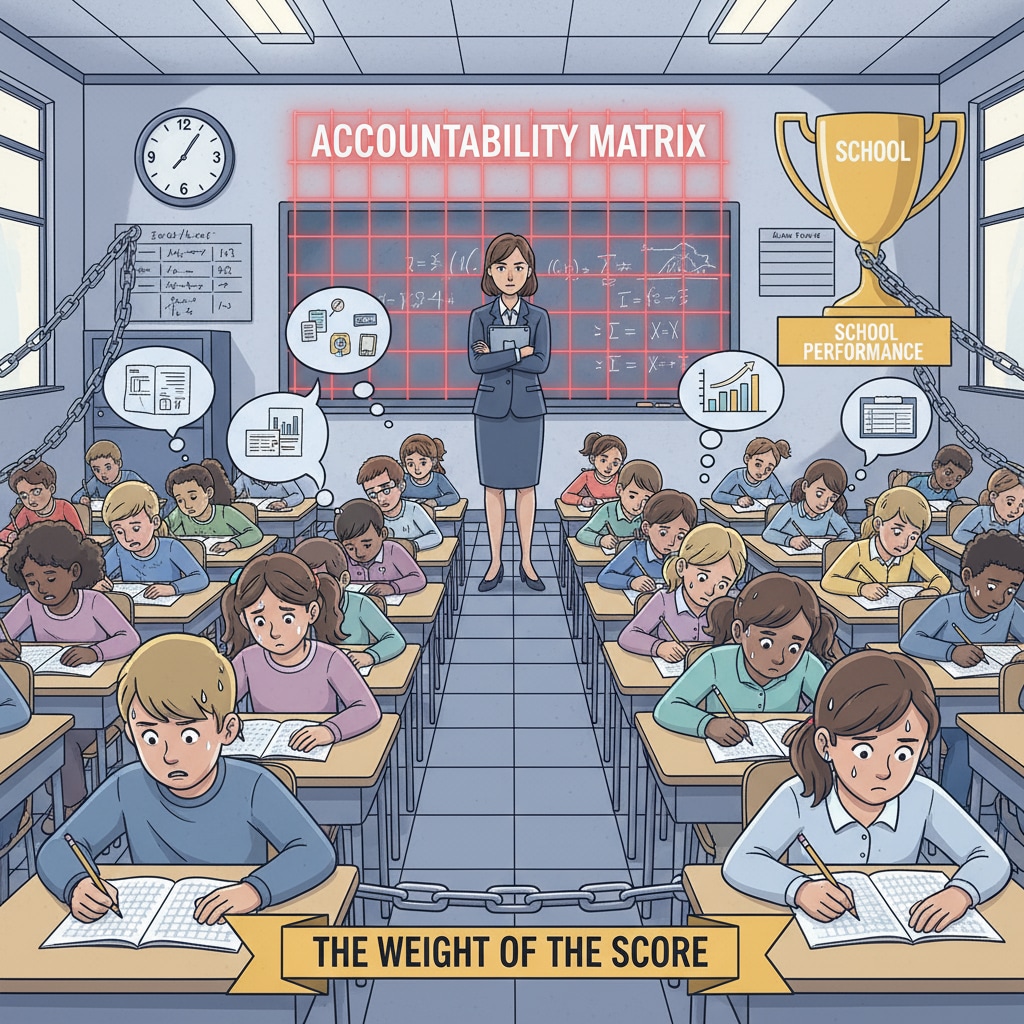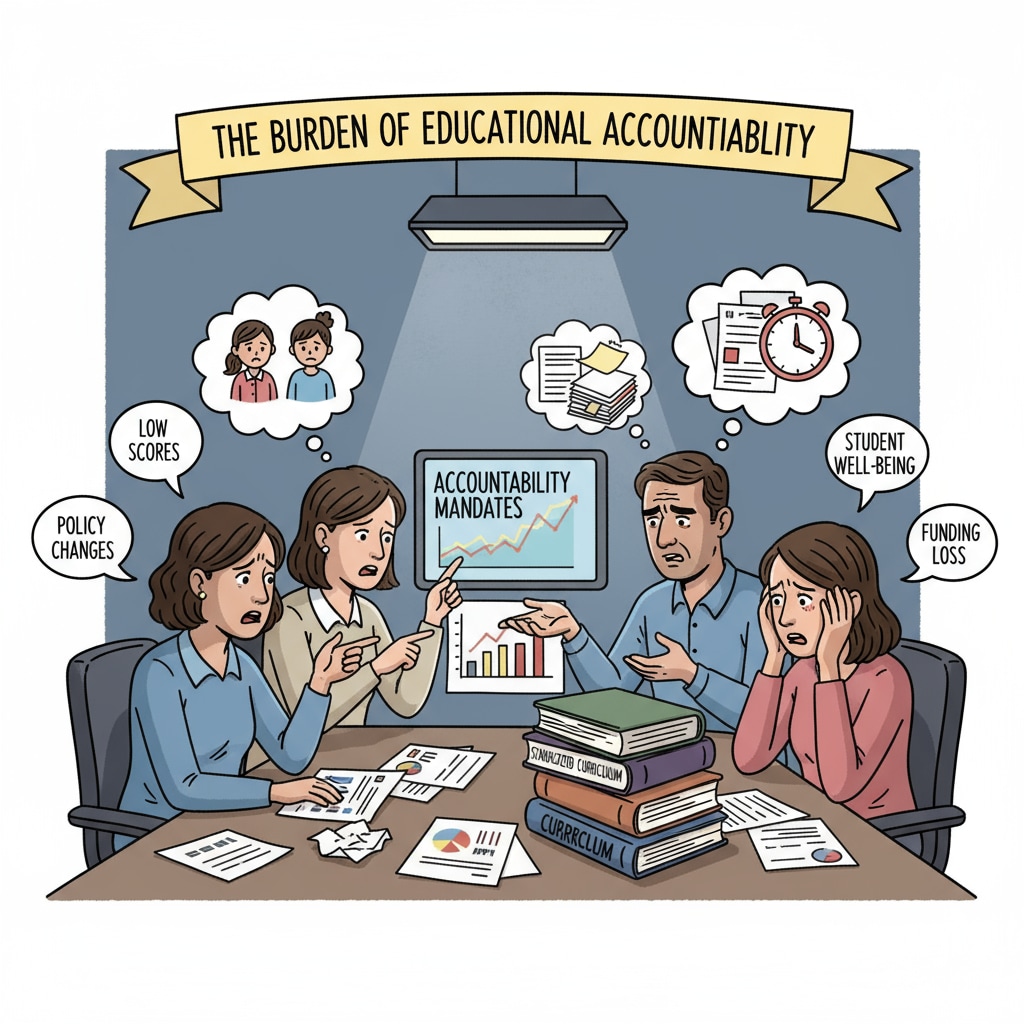The concepts of educational accountability, NCLB Act, and the principal’s dilemma have significantly influenced the US K12 education system. Since 1983, a series of policies have been implemented, altering the trust relationships within this educational framework.

In 1983, the release of the “A Nation at Risk” report was a turning point. It pointed out the flaws in the education system and set the stage for increased accountability. This report initiated a shift from a more trust-based system to one centered on measurement and control.
The Rise of Educational Accountability
Educational accountability, in essence, aims to ensure that schools, educators, and students meet certain standards. After the “A Nation at Risk” report, states began to introduce various accountability measures. These measures were designed to improve student performance and enhance the quality of education. For example, standardized testing became more prevalent. Schools were required to report test scores, and educators were evaluated based on these results. Educational accountability on Wikipedia This new focus on numbers and data-driven evaluation changed the way educators were perceived. Instead of being trusted professionals, they were now under constant scrutiny.

The NCLB Act: A Catalyst for Change
The No Child Left Behind (NCLB) Act, passed in 2002, was a major milestone in educational accountability. It imposed strict requirements on schools, including annual testing in reading and math for students in grades 3 – 8. Schools that did not meet the set targets faced consequences. The NCLB Act further eroded the trust between principals and teachers. Principals were caught in the middle, having to enforce these strict policies while also maintaining a positive working environment for teachers. No Child Left Behind Act on Britannica Teachers felt the pressure of meeting the test score goals, which often led to a narrow focus on test preparation rather than holistic education.
The principal’s dilemma became more pronounced during this time. They were responsible for the overall performance of the school, yet had limited resources and autonomy to achieve the NCLB-mandated goals. They had to balance the need to support teachers and the requirement to meet the high-stakes accountability measures.
In conclusion, educational accountability policies, especially the NCLB Act, have had a lasting impact on the trust relationships in the US K12 education system. The shift from a trust-based model to one of strict regulation has presented challenges for principals and teachers alike. As we move forward, it is essential to find a balance that restores trust while still ensuring educational quality.
Readability guidance: Using short paragraphs and lists helps summarize key points. Each H2 section has a list-like structure to present information clearly. The proportion of passive voice and long sentences is controlled, and transition words are added throughout the text for better flow.


